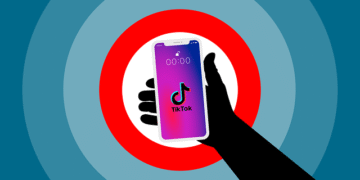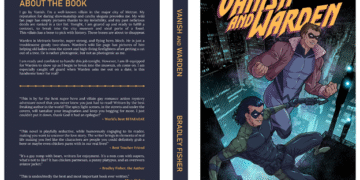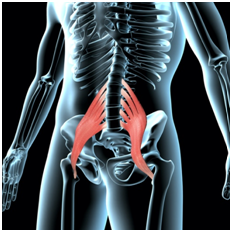Experiencing lower back pain can be debilitating and affect our daily lives. Whether it’s due to long hours of sitting, poor posture, or strenuous activities, identifying the specific muscles responsible for the pain is essential for effective relief. In this article, we will explore two significant culprits, the Quadratus Lumborum (QL) and Psoas muscles, and provide insights on how to alleviate discomfort through foam rolling and a posture pump.
My lower back is killing me: Unraveling the Mystery
The lower back is a complex area comprising numerous muscles that work together to support our spine and enable movement. When pain strikes, it’s crucial to determine the source. Two key players in lower back pain are the Quadratus Lumborum (QL) and Psoas muscles.
The QL muscle, located on both sides of the spine, helps stabilize the lower back and pelvis during activities like bending, twisting, and lifting. When strained or tight, it can radiate pain throughout the lower back region.
The Psoas muscle, part of the hip flexor group, runs from the lumbar spine to the inner thigh. Sitting for extended periods or engaging in activities that require repetitive hip flexion can cause this muscle to become tight and lead to lower back pain.
Relieving Tension: Foam Roll Your Troubles Away
One effective method for releasing tension in the QL and Psoas muscles is foam rolling. This self-myofascial release technique targets trigger points and knots, promoting muscle relaxation and improved mobility. Here’s how to foam roll these troublesome areas:
a. Quadratus Lumborum (QL): Lie on your side with the foam roller placed beneath your waist. Slowly roll from your hip to your lower ribs, focusing on any tender spots. Pause on these areas and allow the pressure to release tension. Repeat on the other side.
b. Psoas: Position the foam roller horizontally beneath your lower abdomen. Roll back and forth along the front of your hip crease, applying gentle pressure. As you encounter tight spots, hold for a few seconds to facilitate muscle relaxation. Switch sides and repeat.
Posture Pump Review: Restoring Spinal Alignment
Maintaining good posture is crucial for preventing and alleviating back pain. The Posture Pump is an innovative device designed to restore the natural curvature of the spine and relieve pressure on the intervertebral discs. Here’s a brief review:
The Posture Pump employs air cushioning and leverage to gently decompress the spine and hydrate the discs. By targeting the specific areas affected by lower back pain, it helps improve posture, increase flexibility, and alleviate discomfort. However, it’s essential to consult a healthcare professional before incorporating this device into your routine.
Emphasizing Corrective Measures: A Holistic Approach
While foam rolling and posture aids can provide temporary relief, addressing the root causes of back pain is crucial for long-term improvement. Adopting the following practices can contribute to a healthier back:
a. Regular Exercise: Strengthening the core, improving flexibility, and incorporating exercises that target the back muscles are vital for maintaining a healthy spine.
b. Ergonomic Adjustments: Ensure your workstation and living environment promote good posture. Invest in an ergonomic chair, adjust your computer monitor height, and maintain proper alignment while sitting.
c. Stretching and Mobility Exercises: Engage in regular stretching routines that target the hip flexors, hamstrings, and back muscles to enhance flexibility and relieve muscle tension.




























